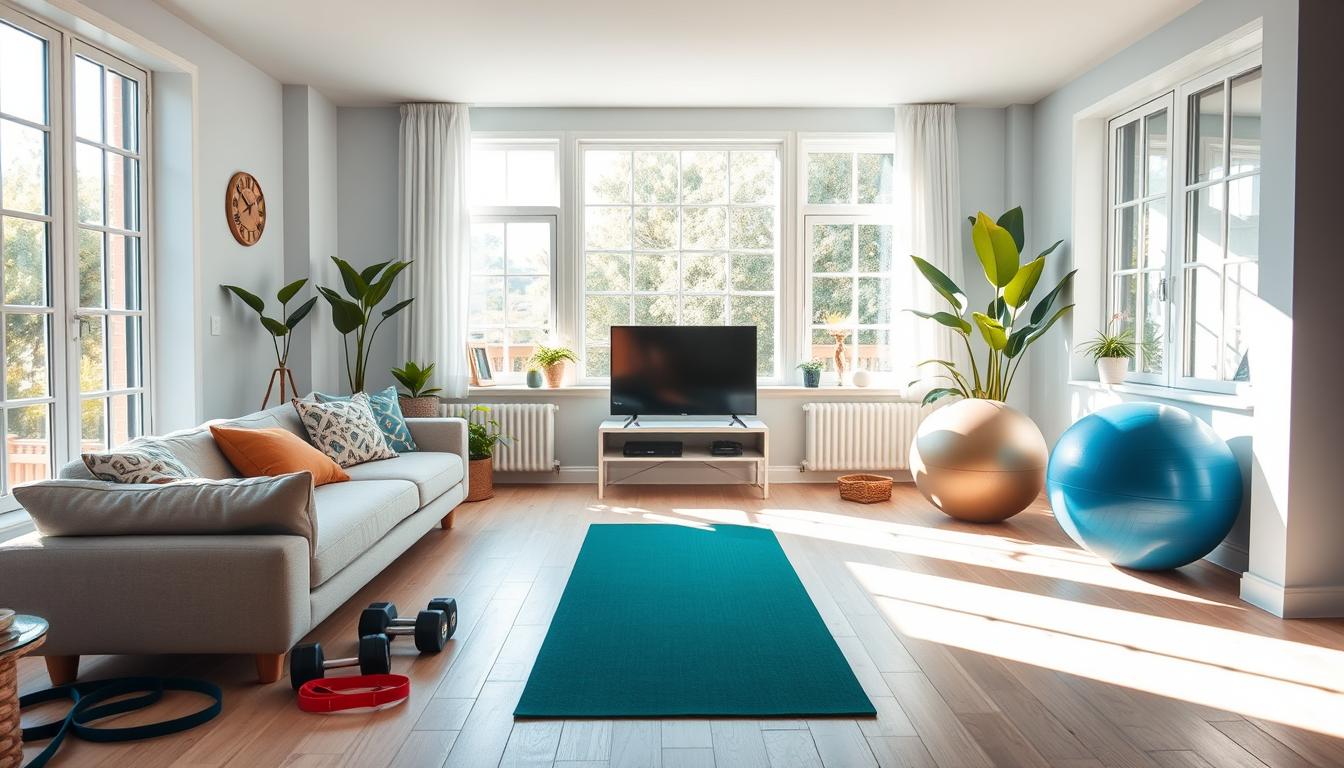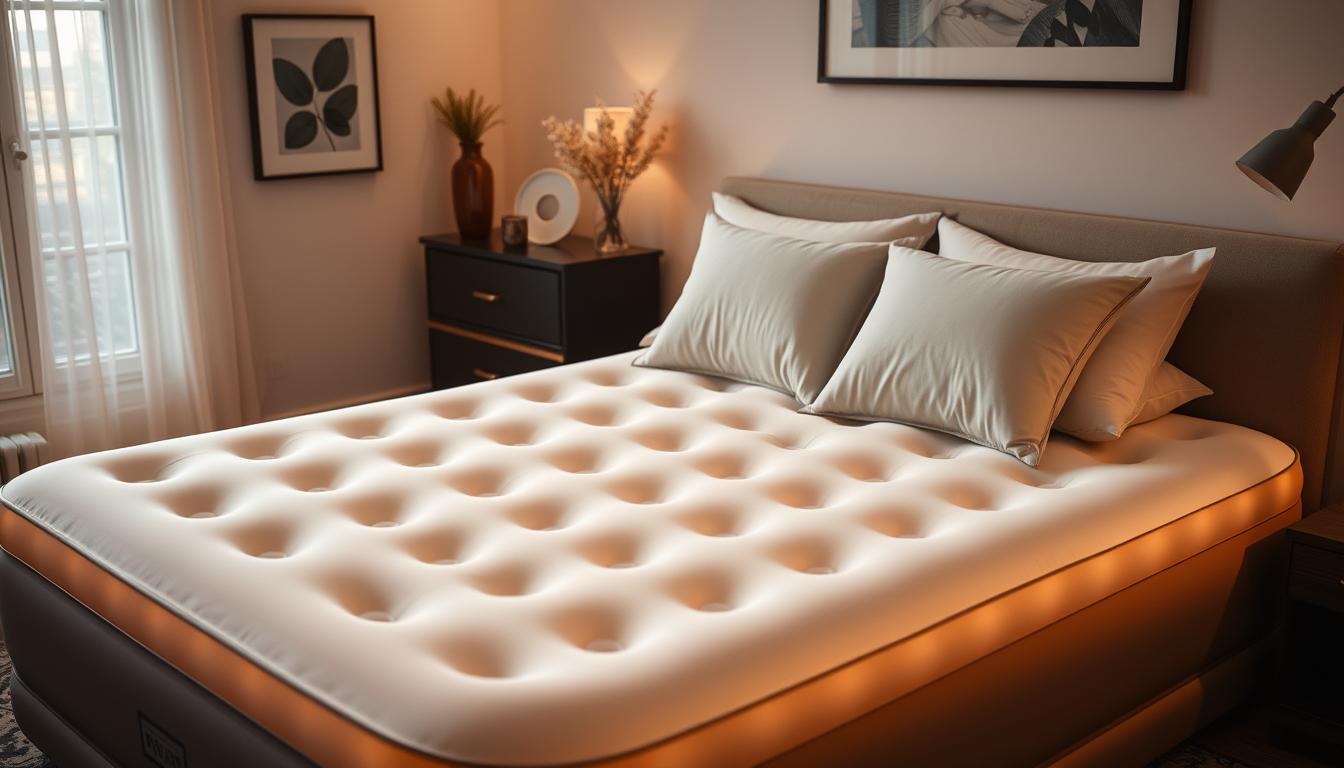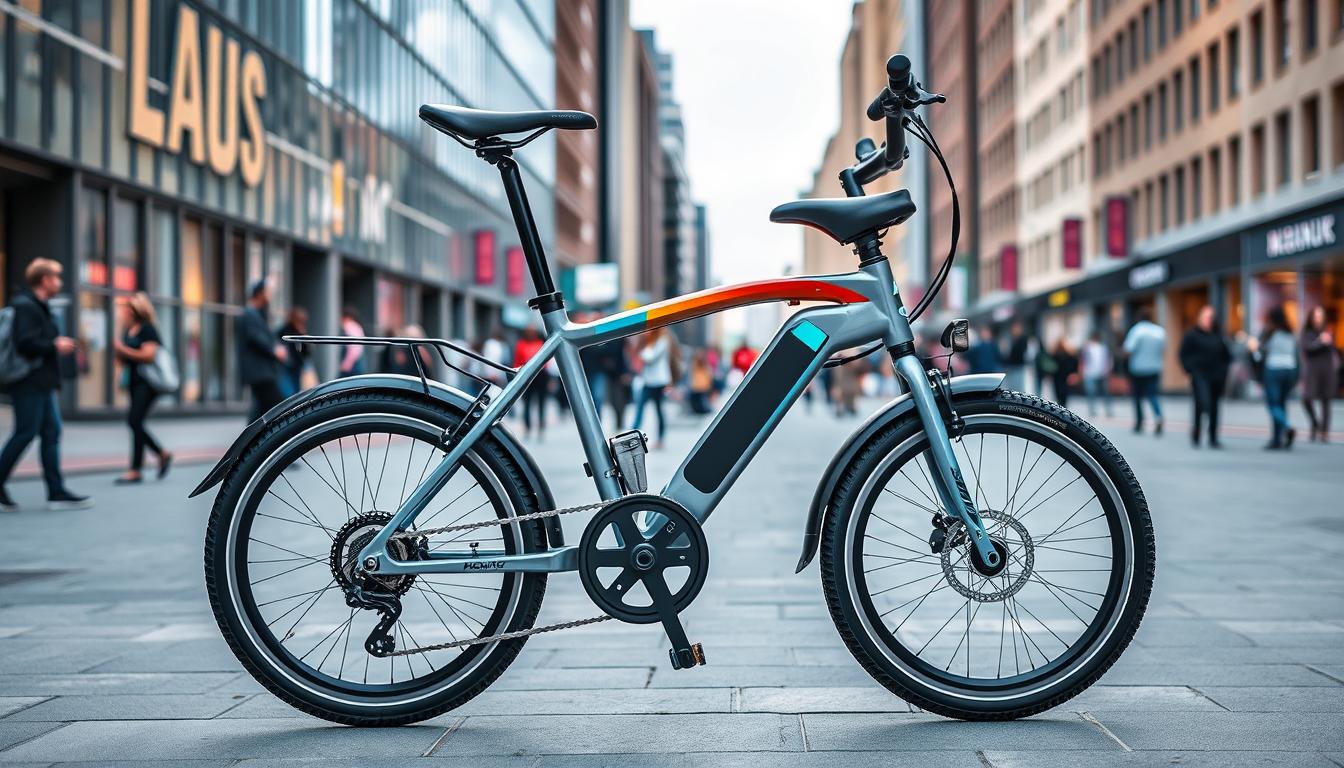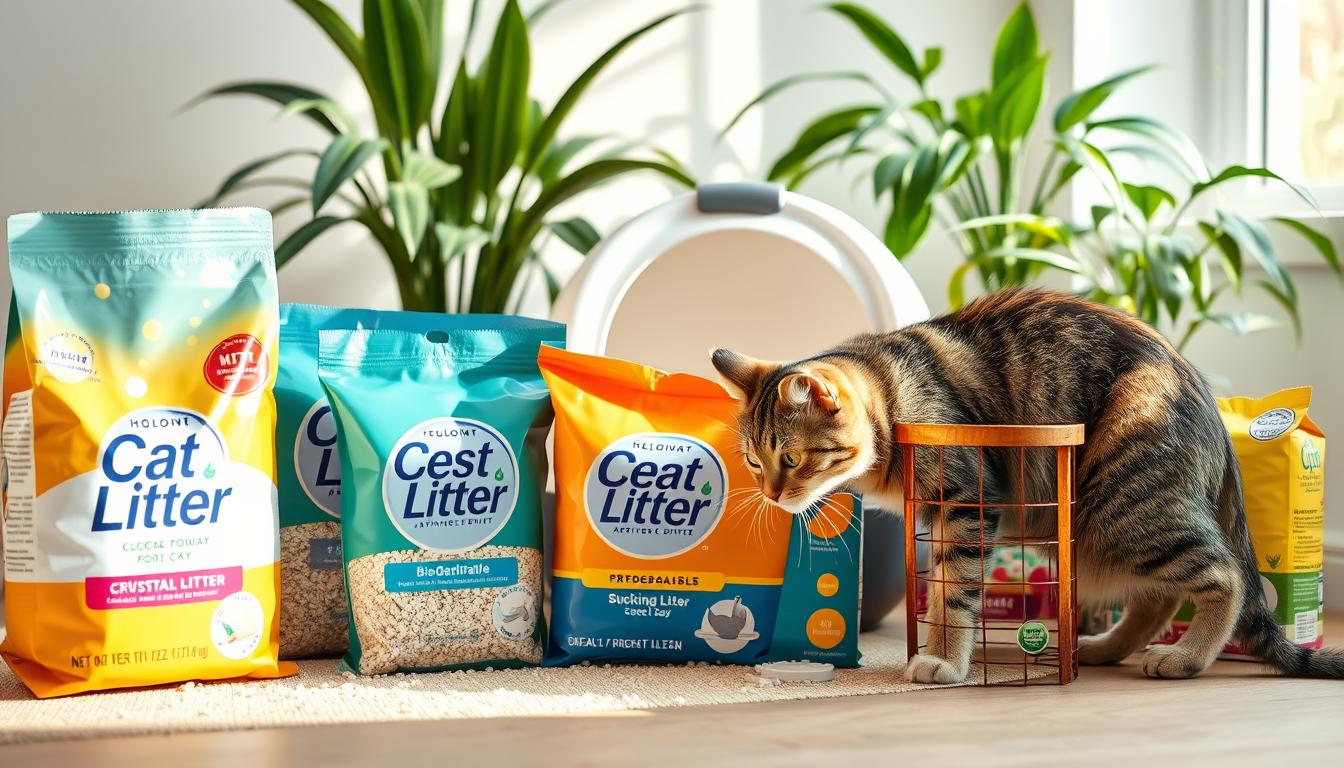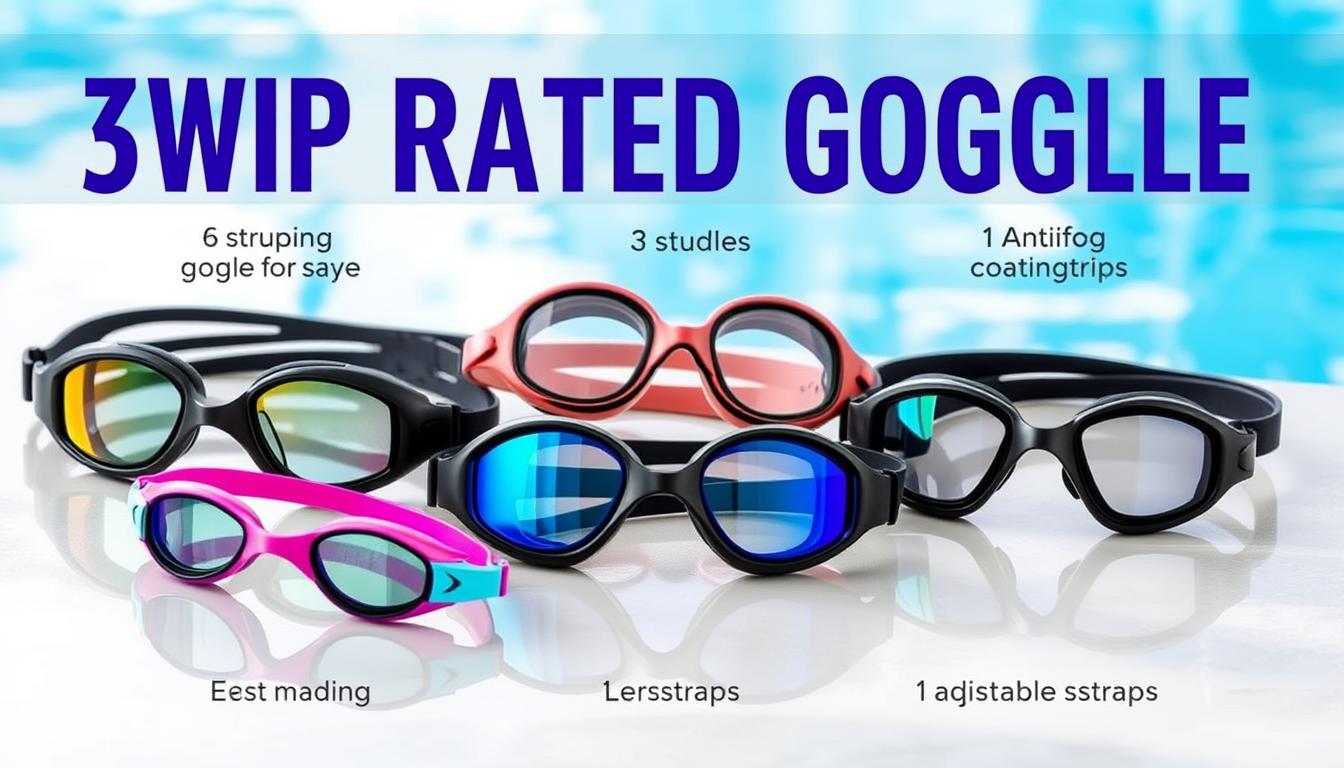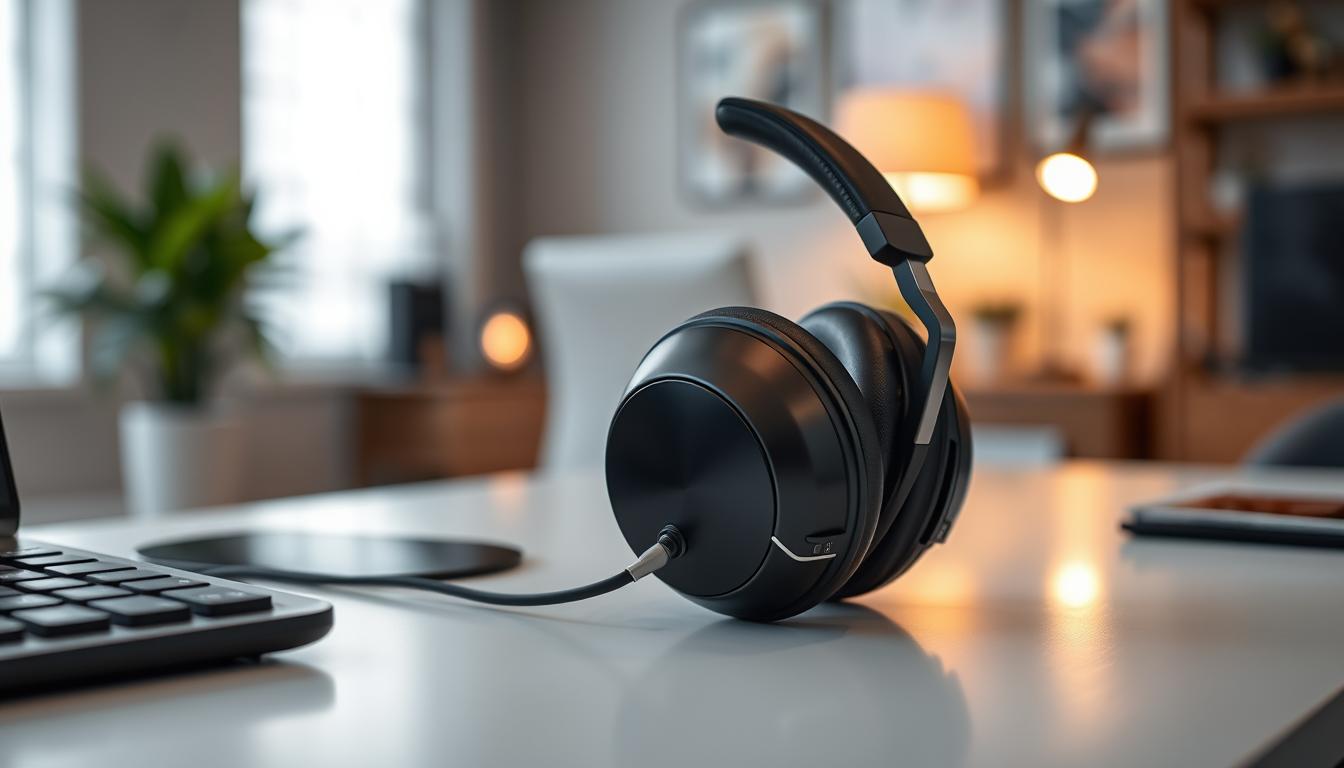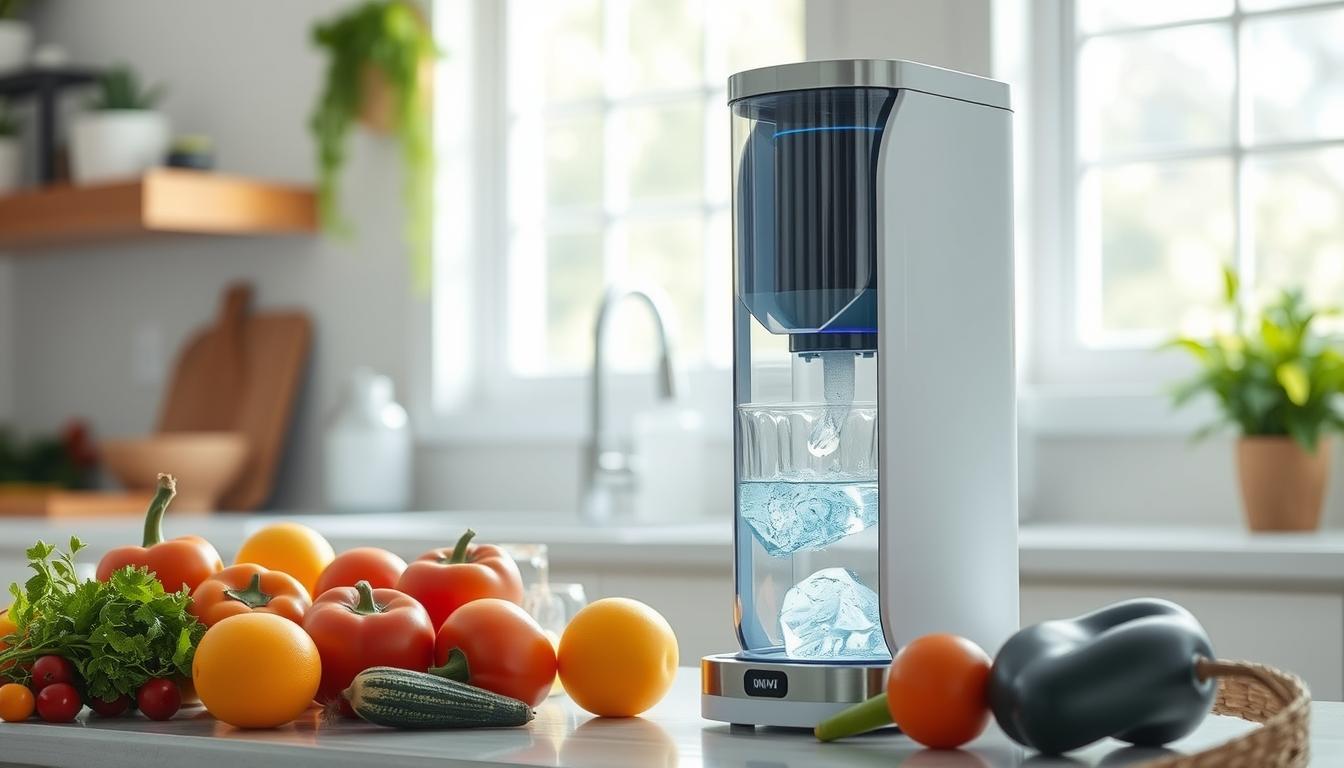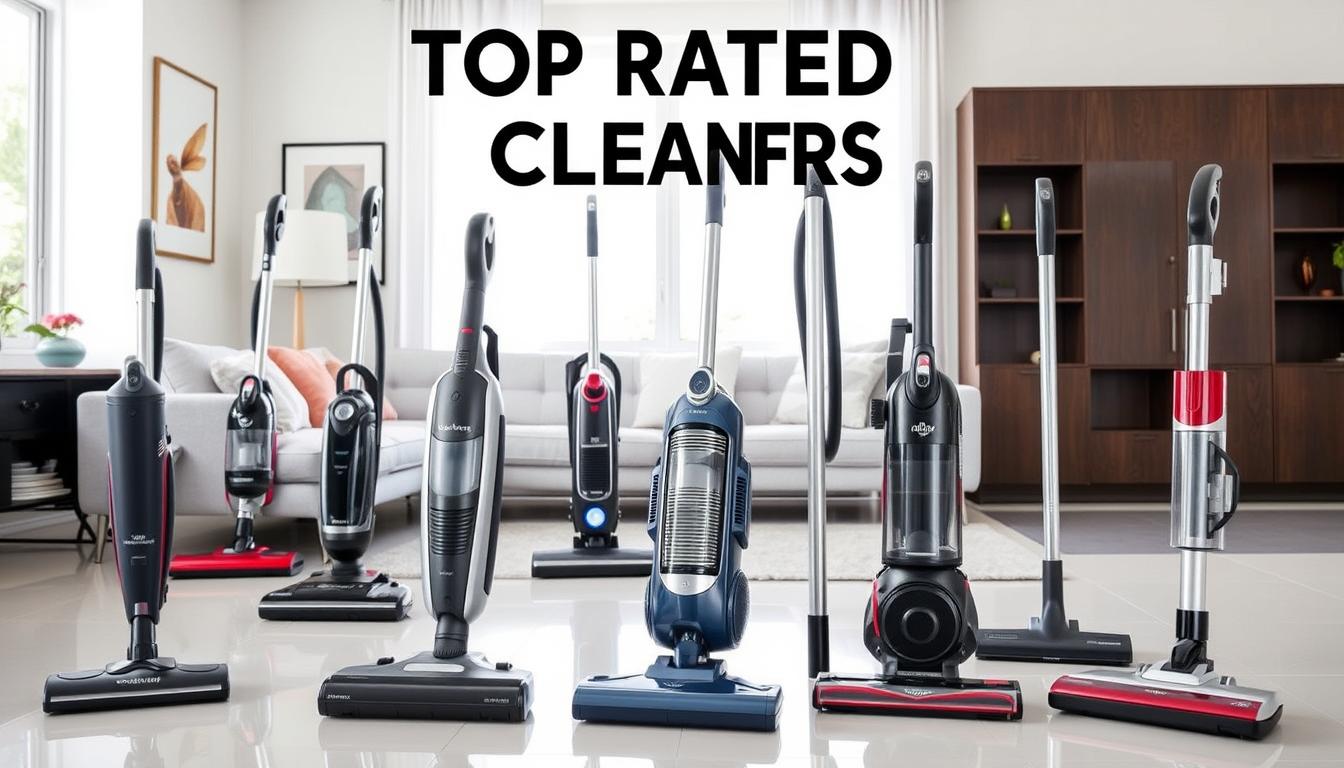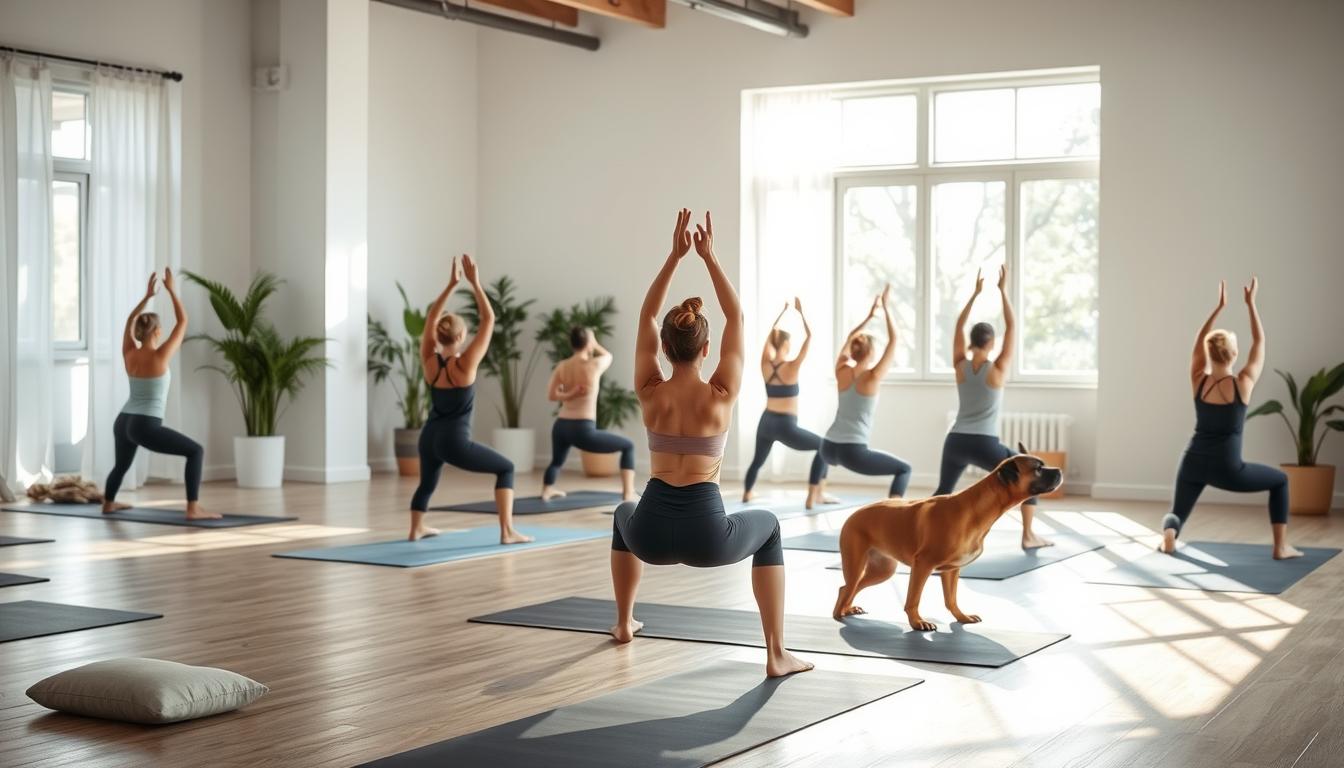
Find Your Perfect Best Yoga Mat for Zen Practice
Finding the right best yoga mat can really change your yoga game. This guide will help you pick the perfect yoga mat for a better Zen experience. We'll look at important things like materials, thickness, non-slip features, and special perks. This way, you'll find the best mat for you.
Key Takeaways
- Discover the importance of a quality yoga mat for your practice
- Explore the top materials for eco-friendly and non-toxic yoga mats
- Learn how to find the perfect yoga mat for different types of yoga, including hot yoga
- Understand the significance of thickness and cushioning in a yoga mat
- Discover the benefits of non-slip surfaces and grip for a safe and stable practice
The Importance of a Quality Yoga Mat
Your yoga practice starts with the mat you stand on. A good best yoga mat can greatly improve your comfort and stability. It's key for a safe and enjoyable practice, helping prevent injuries and support your body's alignment.
Comfort and Stability for Your Practice
The thick yoga mat you pick should cushion your joints well. This is important for poses that stress your knees, hips, and spine. A well-chosen mat helps you stay aligned and balanced, letting you focus on your breath and movements.
Avoiding Injuries with the Right Mat
A non-slip yoga mat is vital for avoiding slips and falls. These can cause sprains, strains, or other injuries. The right mat keeps you stable, even when you're sweating or doing tricky poses.
"Choosing the right yoga mat is an investment in your overall well-being and the longevity of your practice."
By picking a high-quality mat that fits your needs, you set a strong foundation for your yoga journey. This leads to a safe, comfortable, and rewarding practice.
Factors to Consider When Choosing the Best Yoga Mat
When picking the right yoga mat, think about what you need. Knowing your personal preferences helps find a best yoga mat. It should make your practice better and more comfortable.
The material of the mat is key. Choose an eco-friendly yoga mat made from natural rubber or PVC-free materials. These non-slip yoga mat options are good for the planet and last long.
The thickness of the yoga mat matters too. A thick yoga mat offers more cushioning, great for those with joint or back issues. A thinner mat is better for hot yoga or travel, as it provides stability.
Slip-resistance is essential for a safe practice. Choose a non-slip yoga mat with a textured surface. This keeps you steady, even in tough poses. It's especially important for hot yoga when sweat can make the mat slippery.
Features like alignment lines and extra length can improve your yoga. A yoga mat with alignment lines helps you keep the right form. A premium yoga mat with more size is great for taller people or those needing more space.
Think about these factors to find the best yoga mat for you. It should fit your practice and preferences, making your yoga experience rewarding and comfortable.
Top Materials for Yoga Mats
Yoga mats come in different materials, each with its own benefits. You can choose from natural rubber, cork, PVC, and microfiber. Looking for eco-friendly and non-toxic options can make your yoga practice greener.
Eco-Friendly and Non-Toxic Options
Yogis who care about the planet have many choices. These materials are not only good for your body but also for the environment.
- Natural Rubber: Made from rubber tree sap, these mats are biodegradable and durable. They offer great grip and cushioning.
- Cork: Cork mats come from cork oak trees. They're anti-microbial and slip-resistant.
- Jute: Jute mats are eco-friendly and sustainable. They have a textured surface for better grip and stability.
- Bamboo: Bamboo mats are made from a fast-growing plant. They're lightweight, durable, and add a unique look to your practice.
Choosing eco-friendly mats supports your practice and the planet. These options let you practice yoga while caring for the environment.
| Material | Sustainability | Grip and Traction | Durability |
|---|---|---|---|
| Natural Rubber | Biodegradable, renewable resource | Excellent grip and stability | Highly durable and long-lasting |
| Cork | Harvested from renewable cork oak trees | Naturally slip-resistant | Durable and long-lasting |
| Jute | Natural, biodegradable fiber | Textured surface for improved traction | Moderately durable |
| Bamboo | Fast-growing, renewable resource | Provides good grip and stability | Durable and long-lasting |
Exploring eco-friendly and non-toxic mats helps you find one that fits your values. You'll get the comfort and support you need for your yoga practice.
Best Yoga Mat for Different Types of Yoga
Yoga isn't a one-size-fits-all activity. The type of yoga you do affects the best mat for you. For example, hot yoga needs a mat that grips well and wicks away sweat. On the other hand, restorative yoga might call for a thicker, softer mat.
Finding the Right Mat for Hot Yoga
Hot yoga is intense, with lots of sweat. You need a mat that grips well, even when wet. Look for mats with natural rubber or microfiber for the best grip. A textured surface also helps prevent slipping in tough poses.
The yoga mat for hot yoga should be tough and handle the heat and moisture of hot yoga studios well.
| Feature | Importance for Hot Yoga |
|---|---|
| Grip | Essential for maintaining balance and stability during sweaty sessions |
| Moisture Wicking | Helps keep the mat and your hands dry, preventing slips and falls |
| Textured Surface | Provides additional traction to keep you firmly planted on the mat |
| Durability | Allows the mat to withstand the high heat and humidity of hot yoga studios |
When choosing the best yoga mat for hot yoga, focus on these key features. This ensures a safe and comfy practice.
Thickness and Cushioning: A Matter of Preference
Choosing the right yoga mat involves considering thickness and cushioning. Some yogis like thin mats for a closer feel to the ground. Others prefer thicker mats for joint protection.
A thick yoga mat can be 1/8 inch to 1/4 inch thick, or even 1/2 inch for premium ones. Thicker mats offer more cushioning and support, great for hard floors or joint issues.
For a more stable feel, a premium yoga mat around 1/8 inch thick is best. It's perfect for those who want a direct floor connection, especially in challenging poses.
Choosing between a thick or thin mat depends on your yoga needs. Try different thicknesses to find the best comfort, support, and stability for your practice.
| Thickness | Cushioning | Suitable for |
|---|---|---|
| 1/8 inch | Minimal | Experienced yogis, balance-focused practices |
| 1/4 inch | Moderate | All-purpose, suitable for most yoga styles |
| 1/2 inch | Extensive | Joint and back support, gentler yoga practices |
"The right yoga mat can make all the difference in your practice, allowing you to find that perfect balance of comfort and stability."
Non-Slip Surfaces for a Safe Practice
Yoga requires a good grip to stay stable, especially in tough poses. A non-slip yoga mat is key. It keeps you from slipping and lets you focus on your practice.
Grip and Traction for Challenging Poses
Slipping is the last thing you want during yoga. A non-slip yoga mat keeps your hands and feet in place. This lets you move smoothly between poses, staying balanced.
Choose non-slip yoga mats with a textured surface or special materials. They offer a strong grip, helping you stay safe and reach your limits.
| Feature | Benefit |
|---|---|
| Textured Surface | Increased grip and traction |
| Specialized Materials | Secure foundation for challenging poses |
| High-Friction Interface | Prevents slipping and sliding |
Getting a best yoga mat with a non-slip design boosts your confidence. You can dive into your practice, knowing you're supported. This freedom lets you enjoy the full benefits of yoga.
Alignment Lines and Markings
Choosing the right yoga mat with alignment lines is key. Many mats have visual cues to help you stay in the right position. These lines and marks are great for beginners or those who focus on alignment in yoga. They give you a clear guide to ensure you're doing poses right.
Alignment lines on a yoga mat with alignment lines help you:
- Center your body and distribute your weight evenly
- Properly align your limbs and joints for safer, more effective postures
- Develop a deeper mind-body connection by heightening your spatial awareness
- Transition smoothly between poses without losing your bearings
Getting a yoga mat with alignment lines removes the guesswork from your practice. It lets you focus on improving your technique and lowers injury risk. This visual help can be a big change, especially for those looking to understand alignment better.
For yogis of all levels, a yoga mat with alignment lines is a valuable tool. It offers clear, consistent cues. These mats help you move with confidence and precision, making every session more effective.
Portability and Travel-Friendly Yoga Mats
If you love yoga and like to do it anywhere, a travel yoga mat is perfect. These mats are light and small, making them easy to carry. They're great for yoga on the go.
Looking for the best travel yoga mat? Here's what to look for:
- Lightweight and compact design for easy portability
- Durable and long-lasting materials that can withstand frequent use and travel
- Grip and traction to maintain stability during your practice
- Cushioning and support for your joints and muscles
Travel yoga mats are often made from natural rubber or microfiber. These materials offer great grip and support. They're also light and easy to roll up or fold. Some even have carrying straps or bags.
"A good travel yoga mat should be your constant companion, allowing you to practice yoga anytime, anywhere."
Going to the beach, park, or a yoga retreat? A portable yoga mat keeps your practice going. It helps you stay focused, no matter where you are.
Choosing the Right Size and Thickness
When picking a travel yoga mat, think about size and thickness. Thinner mats are light and small, perfect for travel. Thicker mats offer more cushioning and support. Pick what fits your yoga style and preferences.
Conclusion
Finding the best yoga mat is key to improving your yoga practice. Think about the material, thickness, and how well it grips the floor. Also, consider any special features it might have. The right mat will support your body and help you reach your yoga goals.
Looking for an eco-friendly or hot yoga mat? There's a best yoga mat for you. A good mat keeps you safe from injuries and makes your practice more comfortable.
The best yoga mat fits your style and needs. Take your time to look around. Choose a mat that makes your yoga better and helps you grow stronger and more mindful.
FAQ
What are the key factors to consider when choosing the best yoga mat?
When picking a yoga mat, look at the material, thickness, and how well it grips. Also, consider if it's eco-friendly and has special features like alignment lines or is easy to carry.
What are the top materials used for yoga mats?
Yoga mats come in many materials like natural rubber, cork, PVC, and microfiber. There's also a growing demand for eco-friendly and non-toxic options.
How does the type of yoga influence the best yoga mat choice?
The type of yoga you do affects the best mat for you. For hot yoga, you need a mat that grips well and wicks away sweat. For restorative yoga, a thicker, cushier mat is better.
What is the importance of a non-slip yoga mat?
A non-slip yoga mat is key for control and stability, especially in tough poses. It should grip well and prevent slipping.
What are the benefits of a yoga mat with alignment lines?
Yoga mats with alignment lines help beginners or those focusing on alignment. They offer visual cues for proper body positioning.
What makes a yoga mat travel-friendly?
A travel-friendly yoga mat is light, compact, and easy to carry. It's perfect for practicing yoga anywhere.
How does the thickness and cushioning of a yoga mat affect the practice?
The thickness and cushioning of a yoga mat affect comfort and support. Some like thin mats for a closer feel. Others prefer thicker mats for joint protection.











